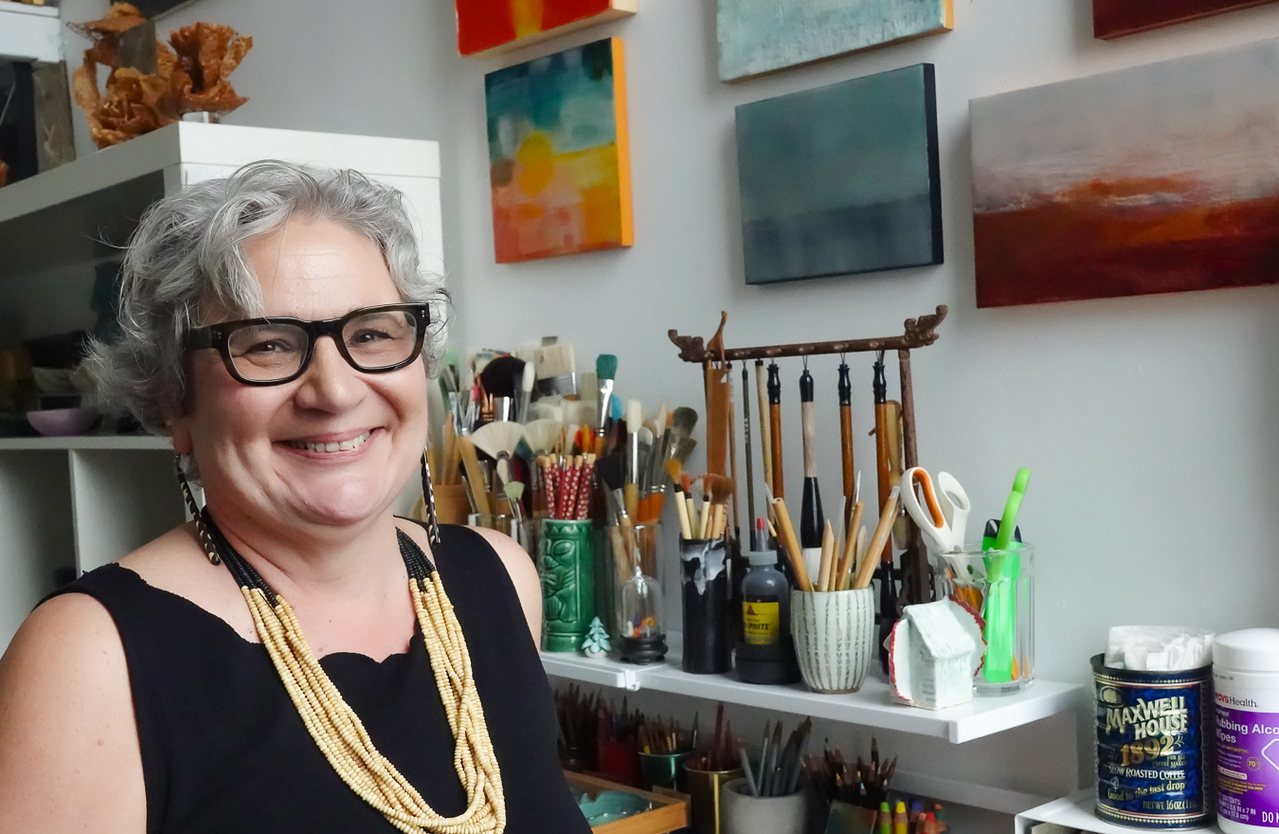We were lucky to catch up with Tina Glavan recently and have shared our conversation below.
Tina, thanks for joining us, excited to have you contributing your stories and insights. We’d love to hear about when you first realized that you wanted to pursue a creative path professionally.
I knew I wanted to be an artist from the age of eight, inspired by my uncle, Miroslav Barulich. At the time, he was a freelance commercial artist, later evolving into a dedicated watercolorist and wood carver. I followed in his footsteps and enrolled at Parsons School of Design, initially majoring in Illustration. But my interests leaned more toward composition and structure, so I transitioned into the Graphic Design program.
After several years working as a graphic designer, I returned to school to study Interior Design. My father was a contractor, and I had grown up immersed in the world of construction—practically raised on job sites—so design and building felt like second nature. Over the next 30 years, I built a career as an interior designer, working with several high-end architectural and design firms.
Painting entered my life after the passing of my father. His pursuit of his dream—to become a contractor—served as a wake-up call for me to do the same. I began painting as a way to reconnect with what I had always truly wanted. After the pandemic, I decided to retire from interiors and commit fully to painting, embracing the path I had envisioned since childhood.
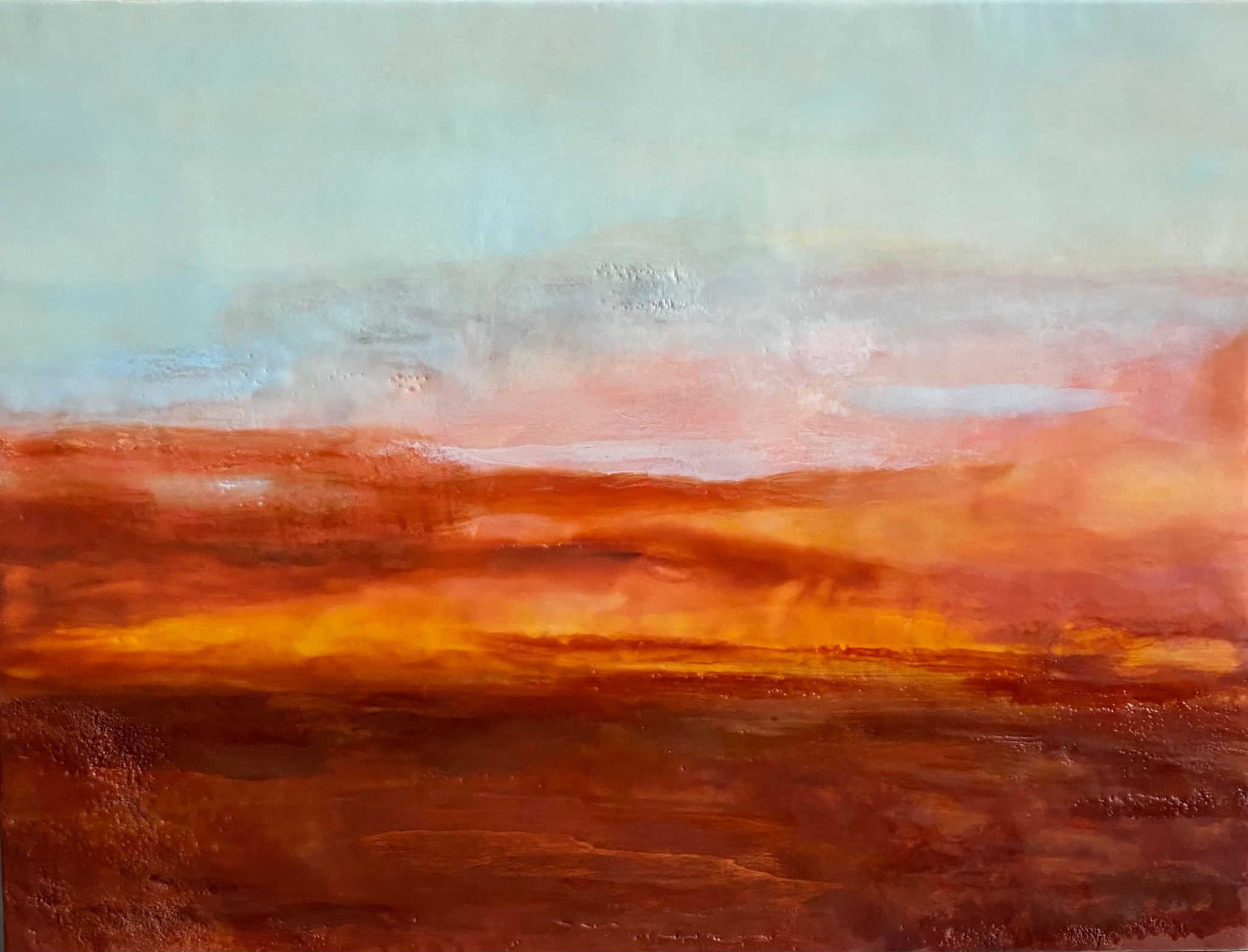
Awesome – so before we get into the rest of our questions, can you briefly introduce yourself to our readers.
My interest in encaustic painting began unexpectedly while working on a residential project—a ski house in Montana. One day, while exploring the town, we wandered into a local gallery and encountered a series of large encaustic paintings. I was immediately captivated by their luminous surfaces and dimensional qualities. Intrigued, I delved deeper into the process and soon committed myself to learning the art of encaustic painting.
Encaustic painting dates back to the ancient Greeks around the 4th century BCE. The term “encaustic” comes from the Greek word meaning “to burn in,” referring to the heat-fusing process essential to the technique. Encaustic is made from molten beeswax mixed with damar resin—a hardened tree sap—and colored pigments. The mixture is heated until liquid, then brushed onto a rigid surface. Each layer is fused with a heat source, such as a heat gun or torch, to bond it permanently.
Encaustic is a richly tactile and versatile medium. It allows me to explore transparency, depth, and texture in my paintings, while also offering the freedom to create sculptural forms, vessels, or integrate the process with photography.
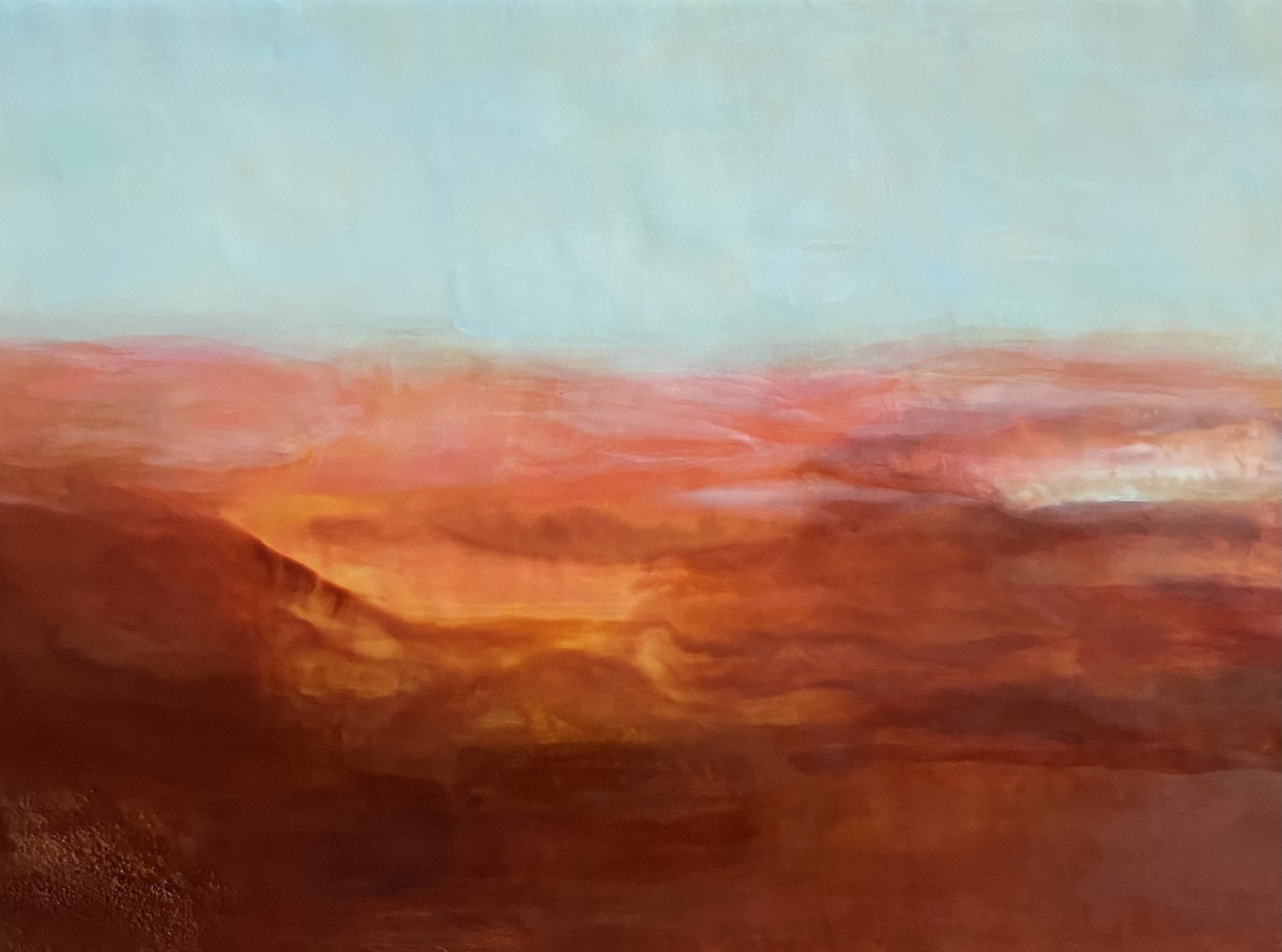
What can society do to ensure an environment that’s helpful to artists and creatives?
1. Invest in Arts Education
Creativity starts young. Early exposure to the arts nurtures imagination, critical thinking, and emotional expression.
Ensure robust arts programs in schools, fund community workshops, and support access to continued education for artists.
2. Provide Sustainable Funding and Grants
Artists often live project to project, struggling to maintain financial stability.
Increase public and private funding for individual artists, collectives, and nonprofits. Prioritize accessible, low-barrier grants—especially for emerging and underrepresented artists.
3. Support Affordable Studio and Living Spaces
Rising rents displace artists and dissolve creative communities.
Create affordable live-work housing, preserve cultural districts, and offer subsidies or tax breaks for artists and arts spaces.
4. Value Artists as Essential Workers
Art enhances public well-being, preserves culture, and drives innovation—but artists are often seen as hobbyists, not professionals.
Include artists in public planning, policy, and recovery efforts. Offer healthcare, retirement, and employment protections for freelance creatives.
5. Cultivate Platforms for Exposure and Exchange
Artists need opportunities to share work, connect, and grow.
Fund galleries, performance spaces, and festivals; create artist residencies and cultural exchanges; and encourage public art commissions.
6. Encourage Corporate and Philanthropic Partnerships
Business and art can be mutually enriching.
Incentivize companies to commission art, support artist-in-residence programs, and donate to arts organizations.
7. Shift Cultural Mindsets
True support goes beyond money—it’s also about respect and recognition.
Celebrate artists not just when they’re famous or dead, but as vital contributors to contemporary society. Teach that creative work is real work.
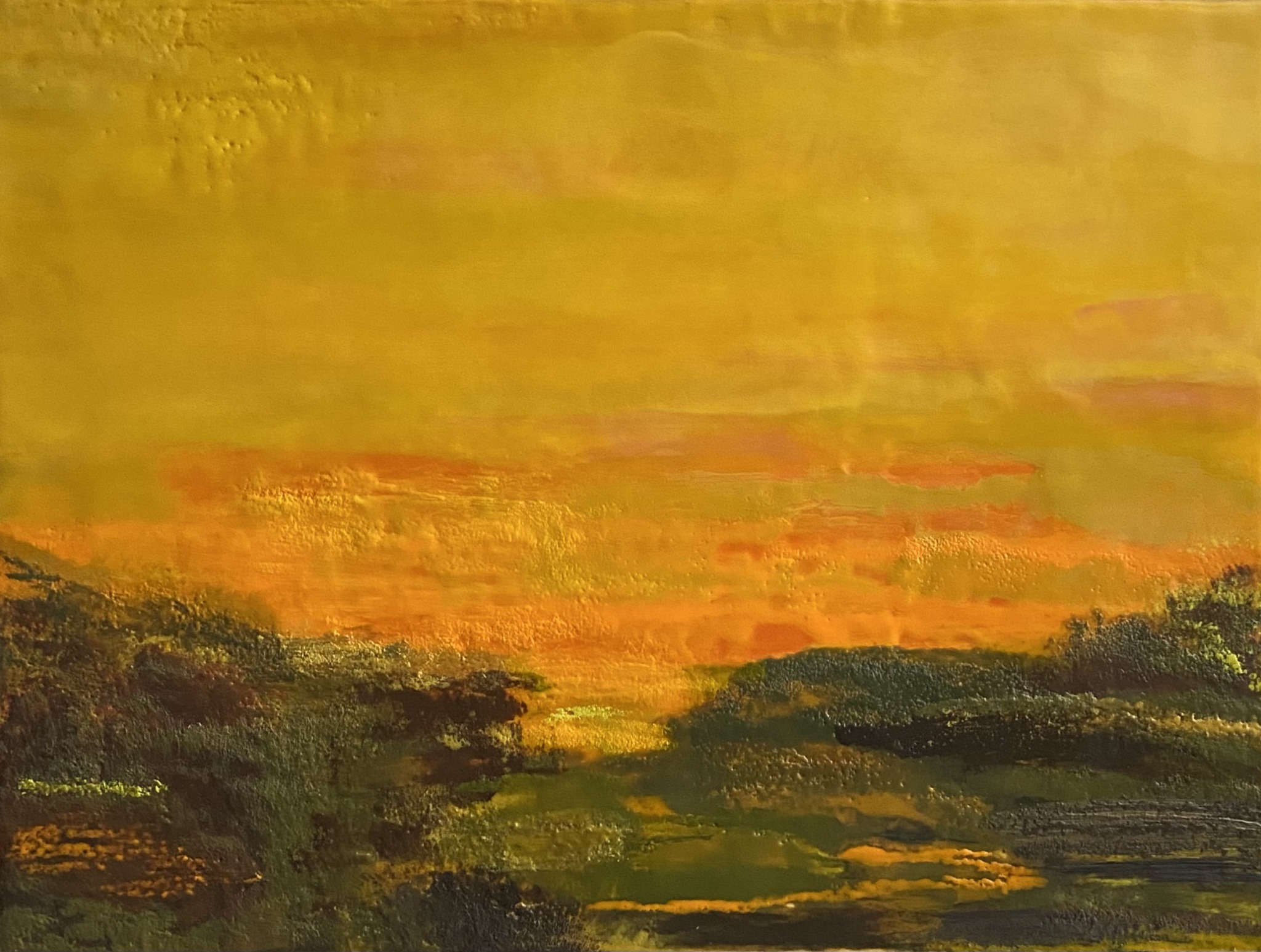
Alright – so here’s a fun one. What do you think about NFTs?
While NFTs were initially celebrated as a revolutionary way to empower artists and decentralize the art world, I remain skeptical. Much of the energy around NFTs has been driven by speculation rather than sincere engagement with the artwork itself. The focus often shifts away from creative intention and expression, and toward market value, trends, and digital flipping.
Despite the promises of accessibility and equity, the NFT space has largely been dominated by those already fluent in crypto culture—tech insiders, early adopters, and investors—making it another ecosystem where privilege and digital capital determine visibility and success. For many working artists, especially those outside these circles, it’s yet another gate-kept system disguised as a liberating one.
As someone whose practice is rooted in physical materials, process, and presence—whether working in encaustic, sculpture, or mixed media—I find the digitized and intangible nature of NFTs to be at odds with the kind of depth and tactility I value in art. There’s something inherently human about the touch, the texture, and the time embedded in handmade work—qualities that can’t be replicated in a purely digital token.
Contact Info:
- Website: https://www.tmgartworks.com
- Instagram: https://www.instagram.com/tmgartworks
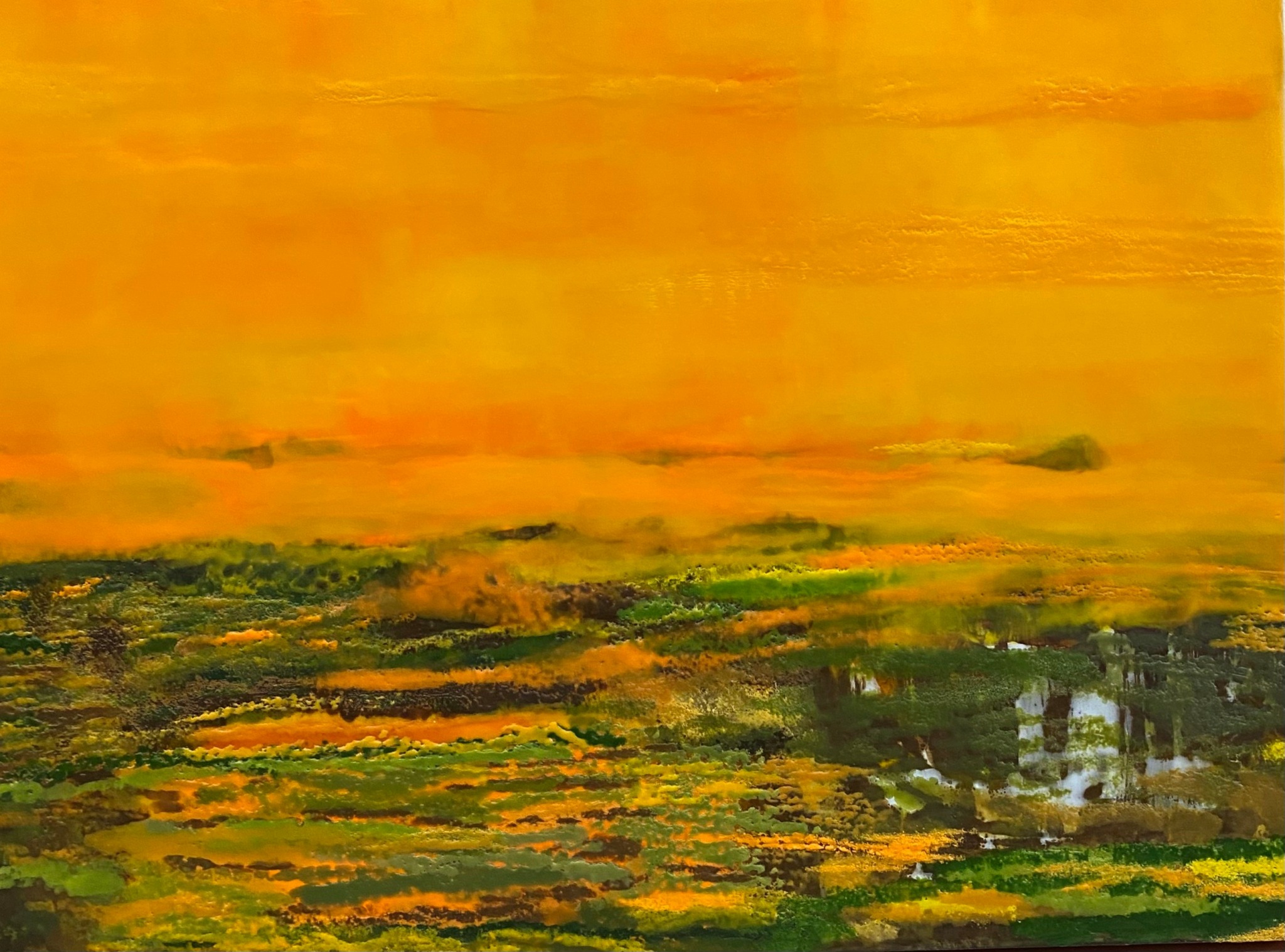
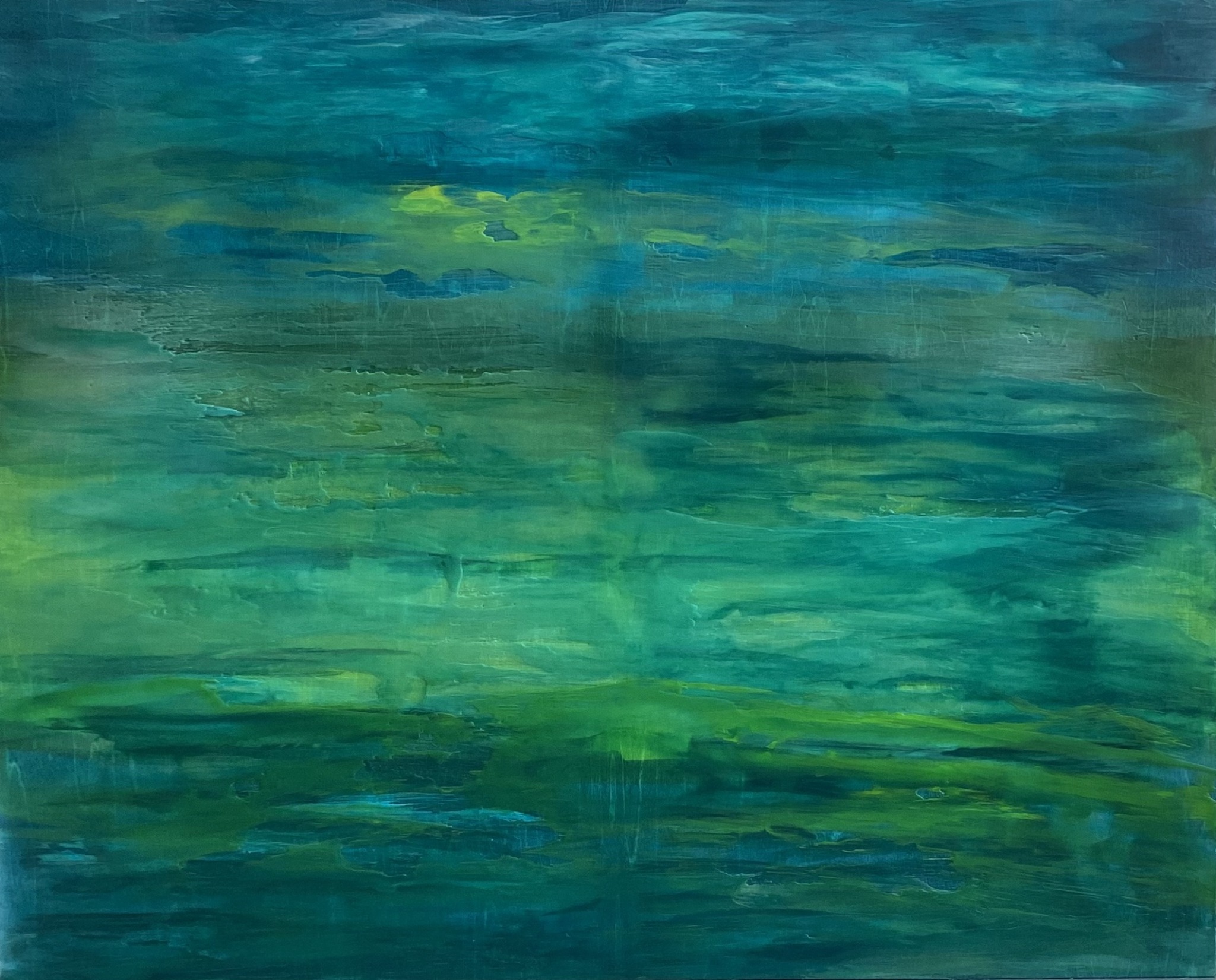

Image Credits
Personal Photo: Steven Speliotis courtesy of LIC Arts Open/LIC


